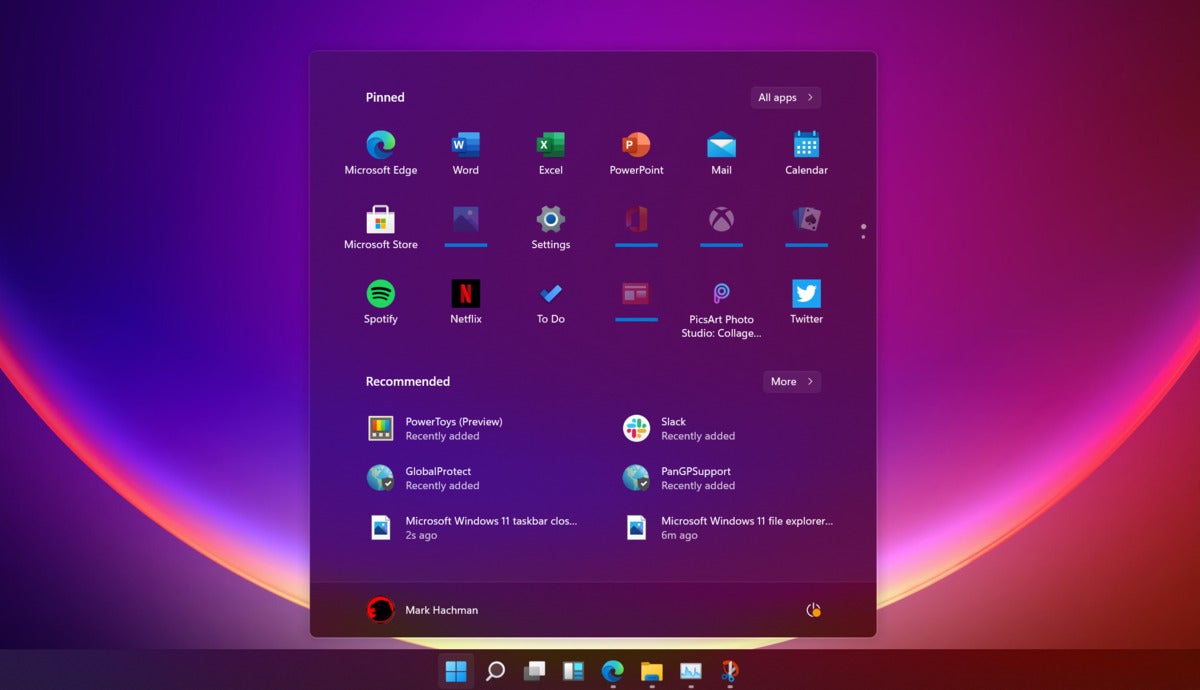Updated
A segue by a Microsoft developer was interpreted as Microsoft policy, and the rest is history.
Mark Hachman / IDG
Today’s Best Tech Deals
Picked by PCWorld’s Editors
Top Deals On Great Products
Picked by Techconnect’s Editors
If Windows 10 was supposed to be the last version of Windows, why is there a Windows 11? Great question.
Like the answer to many questions, the answer is, “it depends.”
The authenticity of the concept of “Windows as a service” began in 2015, when Microsoft launched Windows 10. Over time, Microsoft said then, the company would simply deliver ongoing updates, adding features and patching bugs on the “Windows 10” platform. But, as we know now, whatever Microsoft adds to Windows, it’s still Windows.
But Microsoft representatives never said that Windows 10 would be the last version of Windows—not really. That comment was actually made by Jerry Nixon, a Microsoft developer evangelist who spoke at the company’s ”Tiles, Notifications, and Action Center” presentation about Windows 10 at Microsoft’s Microsoft Ignite conference in 2015. According to the transcript of the session, Nixon’s comment was more of a throwaway line, one that he literally referred to as a segue. Microsoft developers could never talk about what they were currently working on, he said, only what they had worked on and released. That changed with Windows 10, because it was all one platform.
“All the stuff that’s coming, because even though we were announcing Windows 8.1, we were all really working on Windows 10,” Nixon said at the time. “It’s sort of a bummer in its own way. But that’s not what’s happening today.
“Right now we’re releasing Windows 10, and because Windows 10 is the last version of Windows, we’re all still working on Windows 10,” Nixon continued. “And it’s really brilliant. So I can say things like, yeah, we’re working on interactive tiles and it’s coming to Windows 10 in one of its future updates, right.”
Microsoft didn’t deny what Nixon said, but it also didn’t back up the “last version” of Windows, either.
“Recent comments at Ignite about Windows 10 are reflective of the way Windows will be delivered as a service bringing new innovations and updates in an ongoing manner, with continuous value for our consumer and business customers,” says a Microsoft spokesperson in a statement to The Verge at the time. “We aren’t speaking to future branding at this time, but customers can be confident Windows 10 will remain up-to-date and power a variety of devices from PCs to phones to Surface Hub to HoloLens and Xbox.” (Italics added.)
In other words, all Microsoft would officially confirm then is the concept of Windows as a service, and that there would be ongoing patches and updates. Microsoft declined to comment on the record.
So what is Windows 11?
Based upon the hands-on time that we’ve spent with a leaked build of Windows 11, you can very much argue that Microsoft’s original statement is still valid today. Microsoft’s Windows 11 looks very much like “Windows 10+”: a foundation of Windows 10 with a graphical update that includes a new Taskbar orientation and icons, a new Start menu, Widgets, and not much more (for now). It’s a break from Windows 10, but it very much builds upon it, too. Virtually all of the familiar Windows 10 apps make an appearance in Windows 11.
Microsoft has yet to acknowledge Windows 11. The company hasn’t provided any context for what Microsoft chief executive Satya Nadella calls “the next generation of Windows.” We simply don’t know whether Windows 11 will be the foundation for Windows going forward, or whether this is a parallel development track like Windows 10 S, for example. (We think this is unlikely, but we don’t know for sure.)
Really, though, Windows 11 is a branding exercise. Windows 11 is still Windows, and it’s still Windows 10, much like Windows 10 carried forward elements found within Windows 8. Microsoft will patch it, and likely continue to add featurrs, whatever it is — “Windows as a service” isn’t going away. Expecting Windows to carry forward “Windows 10” until the end of time, though, was likely unrealistic. So yes, right now it appears that Nixon’s statement was wrong, and that Microsoft does plan to move on from Windows 10. But give Nixon a break, too: He made an enthusiastic, throwaway comment that ended up being understood as company policy.
Note: When you purchase something after clicking links in our articles, we may earn a small commission. Read our affiliate link policy for more details.
As PCWorld’s senior editor, Mark focuses on Microsoft news and chip technology, among other beats.


